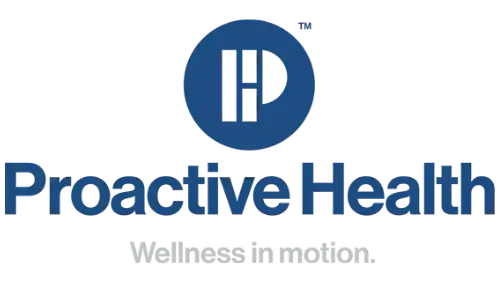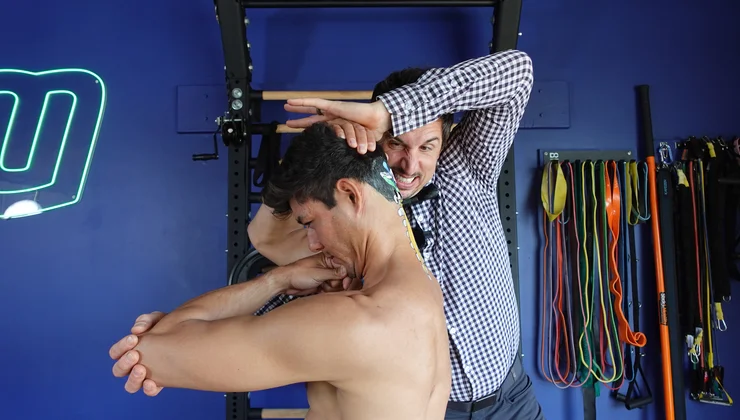You know that nagging pain at the base of your skull? The kind that creeps up after a long day staring at screens or driving? Yeah, that’s probably your suboccipital muscles screaming for help. The good news? You can quiet that pain with a simple, powerful stretch that takes less than five minutes a day.
At Proactive Health, we see people every week with tension headaches, neck stiffness, and poor posture—all stemming from tight suboccipital muscles. The suboccipital stretch is one of the most overlooked and underused techniques in both recovery and prevention.
Why Understanding the Suboccipital Region Is So Important
First, what are the suboccipitals?
These are a group of four small muscles located at the base of your skull, connecting the top of your neck (C1 and C2 vertebrae) to the back of your head (the occiput). They play a major role in:
- Head extension (tilting your head backward)
- Small rotational movements
- Stabilizing your head on your spine
- Keeping your posture aligned while looking forward
Now, here’s the kicker—they’re extremely prone to tension. Why? Because in today’s world, we live with our heads jutted forward: at computers, on phones, driving, watching TV. That classic “tech neck” posture forces these little muscles to overwork.
And tight suboccipitals? They’re a huge trigger for headaches, neck stiffness, and even dizziness.
Common Causes of Suboccipital Tension and Pain
Tightness in the suboccipitals doesn’t usually come from a single event—it builds over time, and most people don’t even realize it’s happening.
Here are the biggest culprits:
1. Poor Posture
Especially the kind we call forward head posture—when your head juts out in front of your shoulders. Just one inch forward increases the weight on your neck by about 10 pounds. Your suboccipitals are constantly compensating.
2. Desk Jobs & Screens
Looking down at laptops and phones causes a subtle but constant extension and contraction of the suboccipitals. That overuse adds up.
3. Tension Headaches
The suboccipitals are often the source of what feels like eye strain or pressure around the temples. These are called cervicogenic headaches—headaches caused by neck dysfunction.
4. Injuries
Whiplash, falls, or even sleeping wrong can create spasms or misalignment in the upper cervical spine that tighten up the suboccipitals.
5. Stress
We carry tension in our neck and shoulders, and these little muscles are on the front line. Chronic stress leads to chronic clenching.
How Do You Know if Your Suboccipitals Are the Problem?
Here’s a basic self-assessment to figure out if these muscles might be your issue:
- Do you feel a deep ache or tightness at the base of your skull?
- Do you get headaches that start in your neck and radiate forward?
- Does tilting your head back or side to side cause discomfort?
- Are you frequently rubbing the back of your neck without realizing it?
If you’re nodding “yes,” odds are your suboccipitals need some attention.
That said—don’t rely on self-diagnosis alone. If the pain is sharp, frequent, or tied to other neurological symptoms (like numbness or vision changes), that’s a red flag. It’s time to get checked by a specialist at Proactive Health.
The Suboccipital Stretch: Your New Daily Reset
This stretch is one of the simplest, most effective ways to:
- Reduce neck tension
- Decrease frequency of tension headaches
- Improve cervical spine mobility
- Counteract poor posture
Here’s how to do it properly.
How to Do the Suboccipital Stretch (Safely)
Start Position:
- Sit or stand tall, with your spine aligned
- Chin level, not tilted up or down
- Relax your shoulders
Steps:
- Gently tuck your chin toward your chest. Not a big nod—just enough to feel a stretch at the base of the skull.
- Place your hands on the back of your head to add gentle overpressure (like you’re trying to double-chin slightly).
- Hold the stretch for 20–30 seconds, breathing deeply.
- Release slowly.
- Repeat 2–3 times, ideally 1–2 times daily.
Pro tip: If you want more targeted release, lie on your back with a small towel roll under your neck and hold the same stretch.
Cautions
- Don’t force the stretch. It’s subtle, not aggressive.
- If you feel pain (not stretch), stop.
- Don’t roll your neck or over-flex—it can strain other structures.
If you’re unsure whether you’re doing it right, or if it’s safe for your condition, let us help. Our team at Proactive Health regularly evaluates patients for cervical mobility and can customize a stretching or physical therapy plan for your specific needs.
Other Effective Suboccipital Release Techniques
While the stretch above is great, there are other tools that can take your relief to the next level:
1. Tennis Ball or Massage Tool
Lie on your back and place a tennis ball (or suboccipital release tool) under the base of your skull. Gently rotate your head side to side.
This helps release muscle tension passively, especially if you’re sore.
2. Manual Therapy
Our physical therapists can manually release the suboccipital muscles using myofascial techniques. These are especially helpful if your pain is chronic or deeper than self-massage can reach.
3. Neck Mobility Exercises
Pair stretching with mobility:
- Chin tucks (active)
- Head turns (side to side, gently)
- Upper trapezius stretches
- Shoulder blade squeezes
This builds long-term resilience in your neck and spine.
When to Seek Professional Help
Stretching is amazing—but it’s not a cure-all.
Reach out to Proactive Health if:
- Your headaches are frequent or worsening
- You have numbness or tingling in your arms
- Neck pain radiates into your shoulder or chest
- Stretching only helps temporarily
- You’ve had recent trauma or whiplash
We offer comprehensive evaluations, imaging when needed, and customized treatment options—from physical therapy to manual release, posture retraining, and beyond.
Prevention Tips: How to Keep Suboccipital Pain Away
Here’s how to avoid future flare-ups:
- Fix your workstation: Monitor at eye level, proper lumbar support
- Stretch daily: Just 3–5 minutes can prevent tension build-up
- Take breaks from screens: Every 30–45 minutes, look up and walk around
- Practice good posture: Chin tucked, shoulders back
- Sleep smart: Use a pillow that supports the natural curve of your neck
And if you travel a lot? Definitely check out our guide on how to stay fit while traveling—a must-read for frequent flyers.
Book Your Neck Pain Assessment Today
At Proactive Health, we specialize in head, neck, and spine care that goes beyond quick fixes. We’ll help you figure out what’s really going on—and give you a plan that works.
Don’t let neck tension control your life. Schedule your consultation today and feel the difference one targeted stretch (plus expert are) can make.



